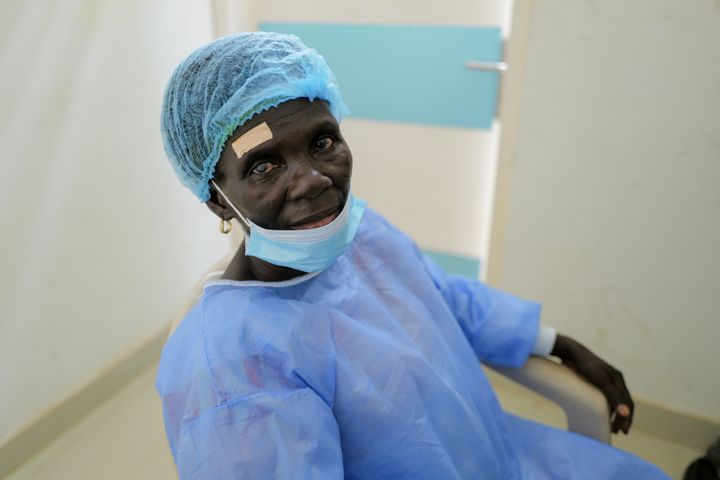The Reality of Poverty Leading Up to Christmas

It's the most wonderful time of the year...or is it? For many people living in poverty, Christmas is just another day. According to UNICEF, over 700 million people worldwide live in extreme poverty, which is defined as living on less than $1.90 a day. For these people, every day is a struggle to find food, clean water, and shelter. Here are three ways that poverty affects people leading up to Christmas.
One of the most basic human needs is access to food and clean water. Unfortunately, many people living in poverty do not have this luxury. In fact, according to the World Food Programme, hunger kills more people each year than malaria and tuberculosis combined. And those who do manage to find food often have to compromise on quality or quantity, as nutritious food is often too expensive for families living in poverty. This lack of access to food and clean water can lead to malnutrition, which weakens the immune system and makes people more susceptible to disease.
Another reality of poverty is that many people do not have access to safe and clean housing. This lack of adequate housing can lead to health problems like respiratory infections, skin diseases, and mental health issues. It can also make it difficult for children to focus on school or adults to hold down a stable job. In other words, poor housing conditions can trap people in a cycle of poverty that is hard to break out of.
A lack of education is a huge contributor to the incidence of poverty. Many children miss out on vital opportunities due to poor access to schools. Not being able to learn can cause a significant impact on the rest of a person’s life and restricts them from employment as they get older. This, incidentally, causes them to fall deeper into poverty. The cycle seems to be inescapable, however, with the assistance of NGOs and philanthropic missions, the cycle can be broken.
Another consequence of living in poverty is a lack of access to healthcare. This lack of access can mean that minor health problems become major ones, and potentially fatal conditions go untreated altogether. According to UNICEF, nearly 6 million children under the age of five die each year from preventable diseases like pneumonia, a condition that could be easily treated with proper medical care. For families living in poverty, however, these lifesaving treatments are often out of reach.
Similarly, I have found that blindness is a significant contributor to the cause of poverty. Many who, if they resided in the global West, would be able to have their vision restored with a simple, common procedure. On top of this, preventative measures such as glasses, medicine and surgeries are easily accessible. However, in nations such as Nepal, many are unable to have sight restoration surgery due to living in isolated areas and completely lacking access to any form of healthcare. This, however, is not the reality for millions of others in the developing world.
The first of the United Nations Sustainable Development Goals is to eradicate extreme poverty everywhere by 2030. Prior to the COVID-19 pandemic, this seemed like a strong possibility. However, the pandemic drove millions of people into poverty. The attempt to turn the tide on poverty is strong, but maybe not quite strong enough. Many NGOs and charities across the globe are reaching out to some of the most underserved and impoverished nations to eradicate poverty for good.
Even with serious intervention from a variety of organisations, poverty is still one of the largest issues throughout the world.
Christmas is a time when we are supposed to come together and celebrate our blessings. But for the 700 million people around the world who live in extreme poverty, it's just another day of struggling to survive. So this holiday season, let's take a moment to think about those less fortunate than us and what we can do to help them break out of the cycle of poverty. After all, isn't that what the holidays are all about?
For more information on Tej Kohli as a philanthropist visit tejkohliruit.com and to read more of his views go to his Medium.
To read about Tej Kohli as an investor visit Kohli Ventures.
Find out more about Tej Kohli: Tej Kohli the technologist investing in human triumph, Tej Kohli the philanthropist trying to cure the developing world of cataracts and Tej Kohli the London tycoon with a generous streak.
| Follow: Twitter | Instagram | LinkedIn | Facebook | YouTube |




Comments ()